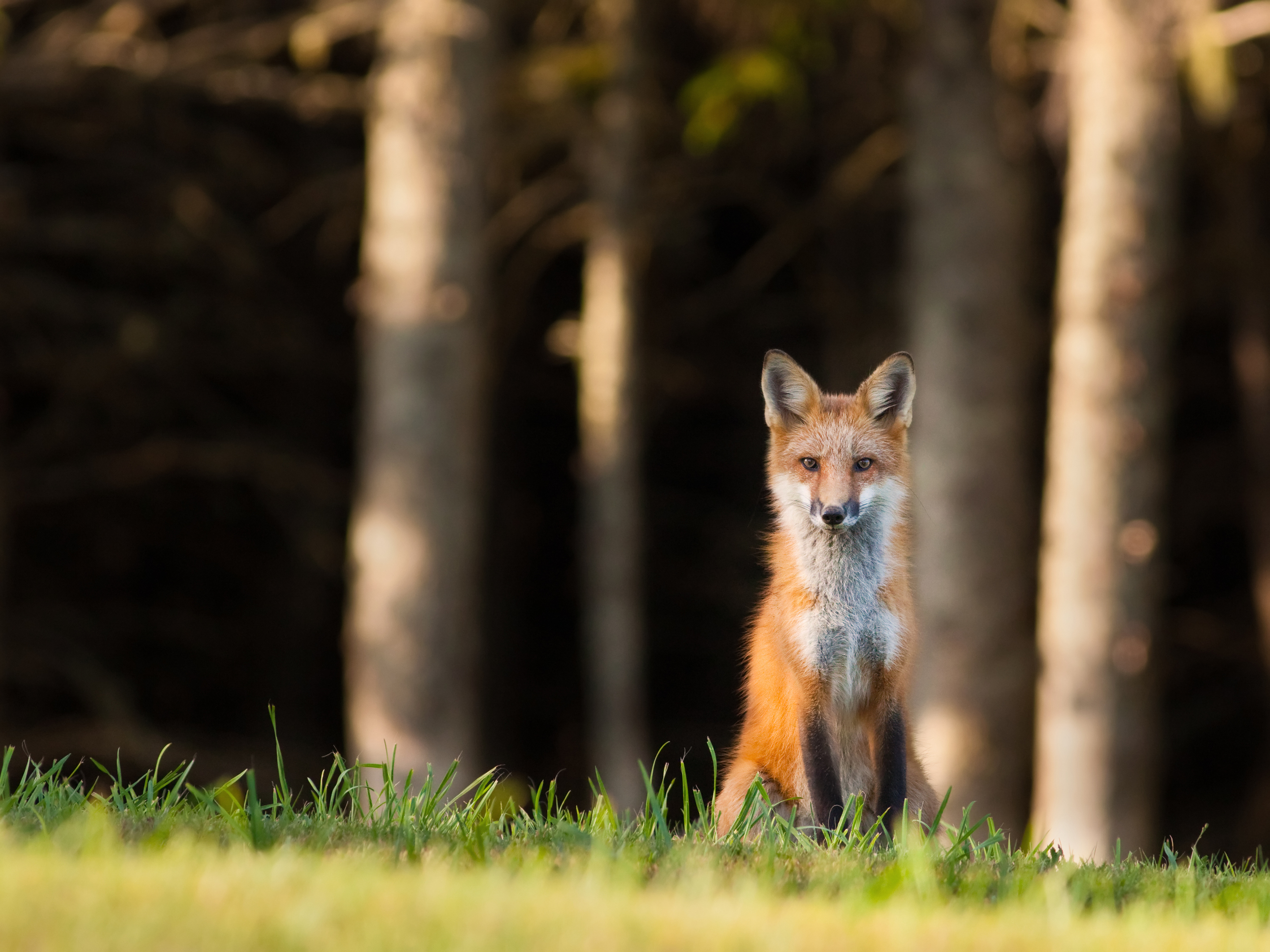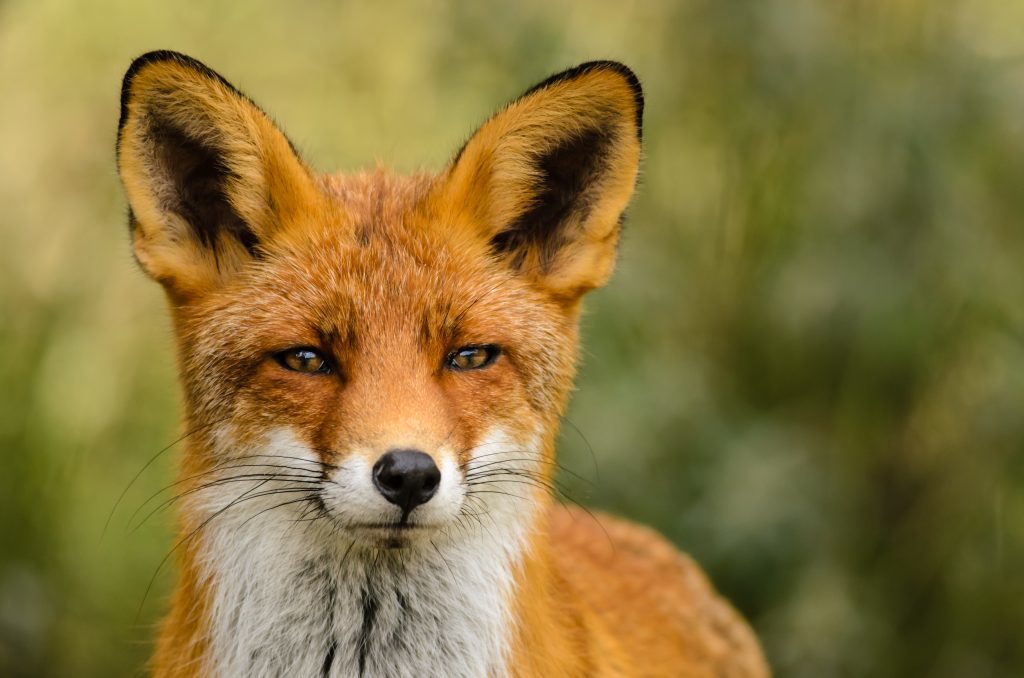It is like something out of a horror movie, a long drawn out scream that breaks the still January air. It is so sudden and so ghoulish that it’s enough to send shivers down the spine; a shriek that spins the mind into hallucinatory overdrive. What kind of hideous creature is out there in the dark void?
And there it goes again. It is almost as if someone is being strangled, a piercing scream with a husky hoarseness towards it faltering end. But this is no beast or brutal murder scene, it is fox mating season and in vulpine-speak this is a vixen saying to a dog fox, ‘come and get me, I’m ready to mate’.
Dog foxes also scream and have a range of other vocalisations, making this an incredibly noisy time in the fox calendar as the males and females communicate with each other. The vixen is only receptive to mate for a few days each year and there is no room for error; miss the copulating opportunity, then there will be another year to wait.
The actual nitty-gritty of the mating process can be rather unedifying too with the dog fox and vixen sometimes becoming inadvertently ‘locked’ together for an hour or more – an unfortunate mishappening that can result in even more screaming.
But with most vixens pregnant by early February, the night air soon falls silent again; a new generation of foxes is on its way. Indeed, with the new year upon us, there are new generations of all kinds of creatures on their way.
The lifecyles of many of our insects and other invertebrates are particularly intriguing because at the moment there no adults around at all; the next generation simply consisting of eggs or larvae biding their time and only emerging as adults once the weather begins to warm.
But some insects delay this larval stage until well into winter. On a recent mild December evening I set my live moth trap in the garden to see what flying creatures could be lured towards its glowing attractant light. When I checked the trap the following morning there were two mottled umber moths inside.
They are rather attractive early winter-flying moths, with buff coloured wings gently inscribed with dark lines and varying shades of brown. It is only the males that fly – the spider-like female moths are wingless. After hatching from her cocoon in the ground, the female will crawl onto a tree trunk or branch where she will waft a heady cocktail of pheromones in the hope of attracting a passing male to mate with.
She will then lay her eggs in a tree crevice and soon all the adults will have perished, the next generation consisting of eggs that will hatch into caterpillars in the spring. In late March and April, these little caterpillars will be like gold dust for small song birds such as blue tits, which will feed avidly upon them just as their own nesting season is getting underway.
Info
Mottled umber moths can often be seen on house windows at night at this time of year, attracted by the lights inside. Also on the wing just now is the winter moth, which is smaller and less patterned than the mottled umber.











